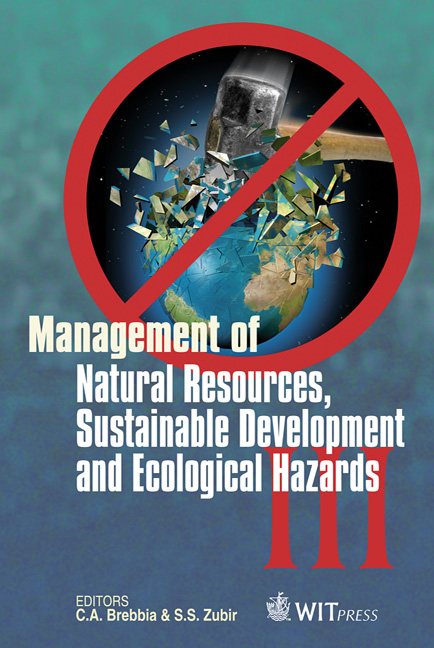Hazard Analysis And Consequences Assessment Of Gas Pipeline Rupture And Natural Gas Explosion
Price
Free (open access)
Transaction
Volume
148
Pages
10
Page Range
495 - 504
Published
2011
Size
418 kb
Paper DOI
10.2495/RAV110451
Copyright
WIT Press
Author(s)
E. Uspuras, S. Rimkevicius, M. Povilaitis, T. Iesmantas & R. Alzbutas
Abstract
Natural gas is commonly used as a fuel. Large distances between natural gas supply sources and consumers has led to extensive networks of natural gas pipelines. Since natural gas is a flammable and explosive fuel, it is hazardous and its transportation has inherent risks associated with potential damage. Accidental gas pipeline explosions could lead to extreme destruction and negative consequences. In order to estimate and reduce probability and potential damage of such explosions the good understanding of involved phenomena and ability to simulate them are needed. This paper presents hazard analysis and consequences assessment of gas pipeline rupture and natural gas explosion. Various mathematical models are described in the methodological part of the work. They help to figure out the hazard of the gas pipeline rupture and assess the size of risky zone reflecting the place of potential disaster. Also the probability of the gas explosion in relation to the particular gas pipeline is being estimated. Consequences are assessed considering possible combustion of natural gas which is released from the ruptured pipe. A point source model is used to describe the radiation intensity of flame thermal energy. Also, strength of hypothetical detonation is estimated using a TNT (Trinitrotoluene) equivalence method, by employing which equivalent TNT charge is estimated from the energy released in the gas explosion. According to obtained intensities a distance and period of time related to various injuries to people and damage to buildings are estimated. Keywords: natural gas, hazard analysis, pipeline rupture, explosion, point source model, TNT equivalence method.
Keywords
natural gas, hazard analysis, pipeline rupture, explosion, point source model, TNT equivalence method.





